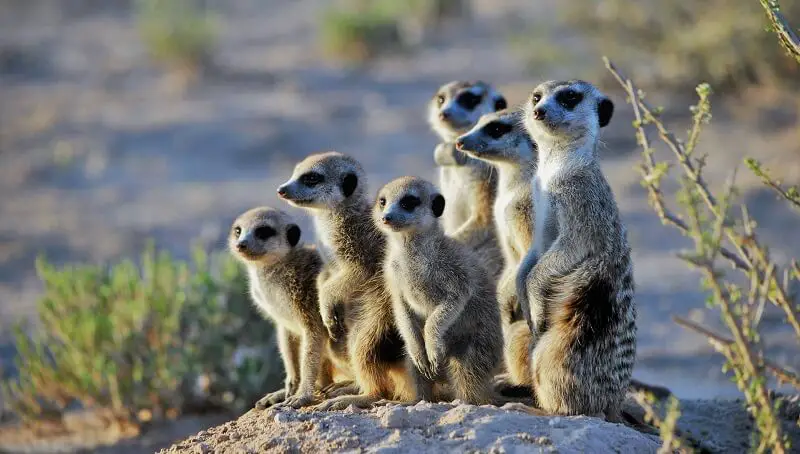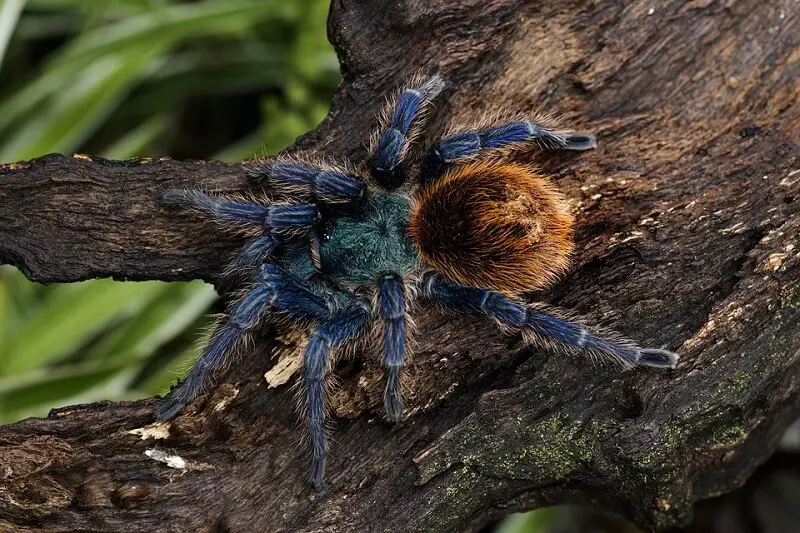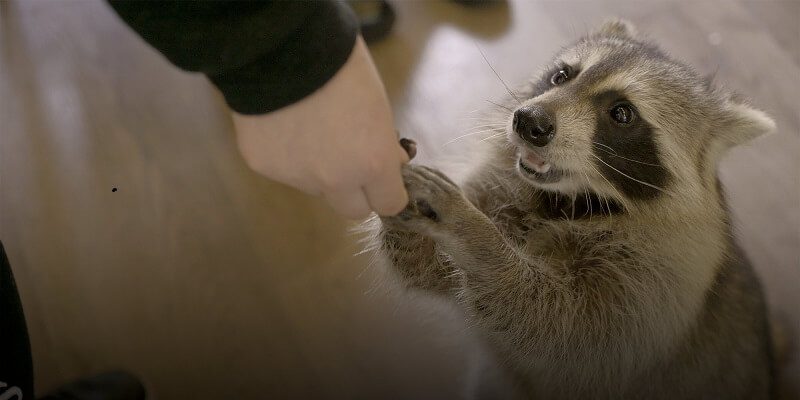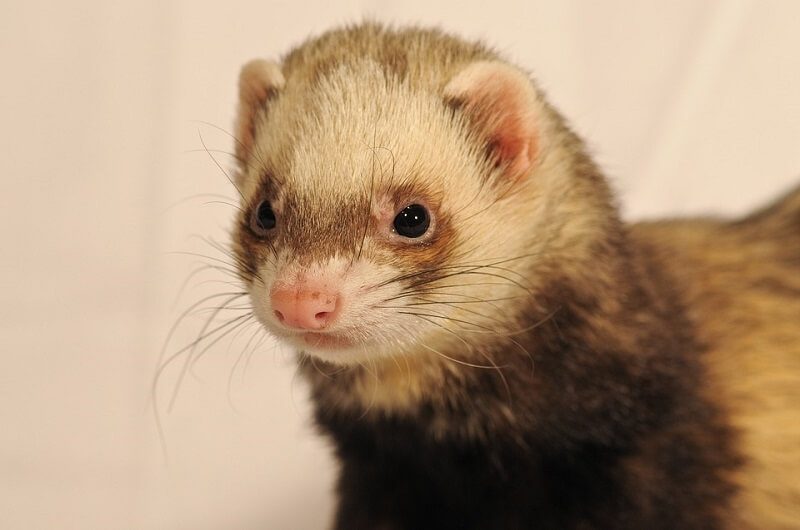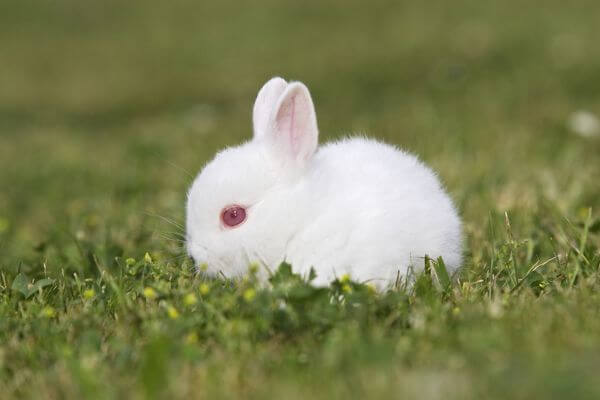Most of the time, keeping a meerkat as a pet is a really bad idea because these are still wild animals. On top of this, it will usually be illegal to own one if you don’t possess the necessary permits. Read this article to find out more about these wild animals.
Meerkats are categorized inside the mongoose family and have their natural habitat in the Kalahari desert. This isn’t the usual wild animal you would see close to human establishments and most people have only seen these little mammals on Discovery Channel. There was even a shop on this TV channel dedicated exclusively to these creatures and people who watched it got to know them quite well. Some people have even talked about getting emotionally involved in the lives of some of the “Whiskers” meerkat members.
If you know the show or have at least seen a few of the episodes, you surely understand that meerkats aren’t meant for captivity and should spend their lives in the wild and not as pets. If you need any more reasons for this, then the looks will surely help you understand.
You might also like my articles on whether you should keep a mongoose, marble fox, or red panda as a pet.
Its Appearance
Meerkats have a height between 11” to 14” and a weight of around 1.6 pounds. They have ears shaped like arcs which are black and small, eyes with black patches around them, and a pointed face. They are built perfectly to adapt to the conditions of their natural habitat. The patches they have around the eyes are meant as a way of deflecting sun rays. They stand up by using a long and thin tail as a way to keep their balance. They like to burrow and will be able to close their ears while underground to prevent any sand from getting in.
Their cuddly appearance is enhanced by their coat, which is often fawn-colored and with a hint of brown, tan, or gray. One of the things that make them hard to keep as pets is their claws, 2 cm in length, strong, curved, and non-retractable, at the end of their paws.
Foraging Behavior
Meerkats have a diet comprised of a combination of small birds, millipedes, centipedes, small mammals, plants, eggs, spiders, scorpions, lizards, and even some types of snakes. A very amazing fact is that they are completely immune to the Kalahari Desert scorpions and their venom, which is very strong. They will need to eat on a daily basis because they have a hard time storing any excess fat. They will forage in groups and out of each group one member will keep guard against any predators. A pet meerkat will have the instinct of foraging, causing it to tear your house apart and destroy all kinds of items and even furniture.
Habitat and Homes
Meerkats will live in large tunnel networks they build underground. They will also have a bunch of entrances into this network as a safety measure in case they are threatened. They will be more active during the night and will stay inside the tunnels at night. They will give birth inside their tunnels and babies will get out of the burrow only after they reach the age of 3 weeks. This wild animal is used to a lot of freedom in its tunnels so unless you are willing to build a tunnel network beneath your house, you should really consider getting another type of pet. Keeping it in a cage, this animal will get stressed out.
Colony Ties
 Most meerkat colonies will be comprised of 20 to 30 members, which makes this wild animal very sociable. These animals love to groom one another regularly. Females are very protective of the children from the colony and even those that have never had children will want to babysit other young ones from the group. They might even lactate and feed children that don’t belong to them and on extreme occasions, can even risk their lives to protect them. As with most creatures, babies will learn by imitating the actions of adults, although adults will also spend time teaching them some of the skills, like how to hunt and eat venomous scorpions.
Most meerkat colonies will be comprised of 20 to 30 members, which makes this wild animal very sociable. These animals love to groom one another regularly. Females are very protective of the children from the colony and even those that have never had children will want to babysit other young ones from the group. They might even lactate and feed children that don’t belong to them and on extreme occasions, can even risk their lives to protect them. As with most creatures, babies will learn by imitating the actions of adults, although adults will also spend time teaching them some of the skills, like how to hunt and eat venomous scorpions.
The community will be led by an alpha pair that will also scent-mark their subordinates to show their authority. If you want to raise pet meerkats then at least get 20, so they can build their own colony. A single pet meerkat can get really depressed if it doesn’t have the company of its peers and won’t be able to satisfy the needs of a colony.
As you can surely notice, this article is built in the hope of discouraging you from getting a meerkat as a pet. Regardless of how cute they might seem, they are wild animals so all the love you will be able to offer them won’t be able to replace their need for same-species socialization. If you’re set on owning such a creature, keep in mind that the US has some very strong regulations that prohibit people from owning these wild animals without proper permits.
